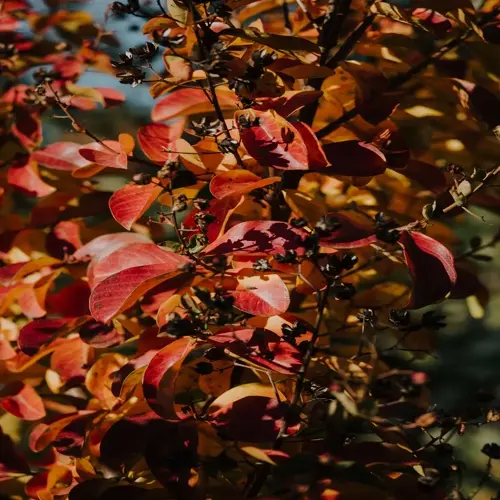Can evergreens be planted in winter?

Written by
Paul Reynolds
Reviewed by
Prof. Martin Thorne, Ph.D.Winter challenges evergreens the most, because they are always green. Evergreens transpire constantly from their green needles, unlike deciduous trees, which shed their leaves. Frozen soil prevents water uptake, leading to dehydration. I've witnessed way too many clients suffer from pines and spruces ultimately dying from irreversible winter browning after cold-season planting.
Moisture Loss Mechanisms
- Needles have high surface area for transpiration
- Cuticle wax provides limited winter protection
- Wind accelerates moisture loss exponentially
- Sun exposure increases cellular respiration rates
Root System Limitations
- Frozen soil blocks water absorption completely
- Roots function minimally below 40°F (4°C)
- Ice crystals damage root hair structures
- Reduced mycorrhizal activity in cold conditions
Evergreens grown in containers typically exhibit better winter survival. It's the protected root balls that hold more moisture. Heavy mulching with six inches of straw around the base is recommended. Wrapping trunks with burlap will help minimize exposure to the wind. Even with all of this, expect slower growth than just purchased and planted specimens in the spring.
Regional climates can significantly impact winter planting outcomes. Coastal evergreens are likely to have salt spray desiccation, while mountain evergreen types will experience deeper freeze. Urban heat islands help somewhat, but not enough for a dependable establishment. I would only try winter planting in areas where consistent days with temperatures above freezing are present.
If you need to do winter planting, I apply anti-desiccant sprays to the foliage every week. You can also use temporary wind barriers, such as snow fencing. Water during winter thaw when the temperature is over 40°F (4°C) for more than 24 hours. With those steps, you should expect 30% to 50% slower growth the first year compared to spring-planted evergreens.
Read the full article: When to Plant Trees for Best Growth
